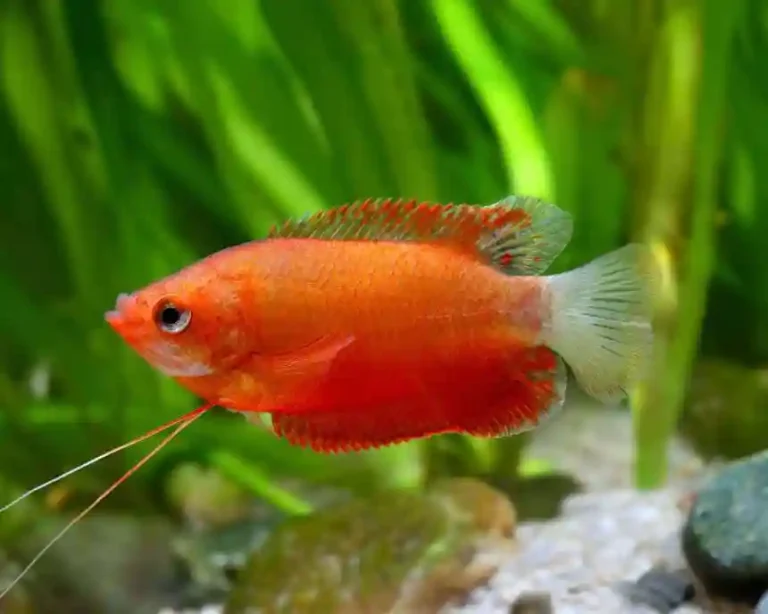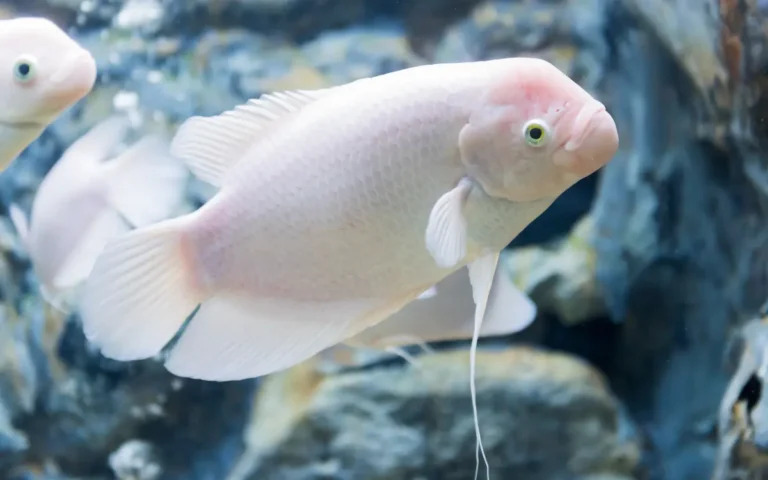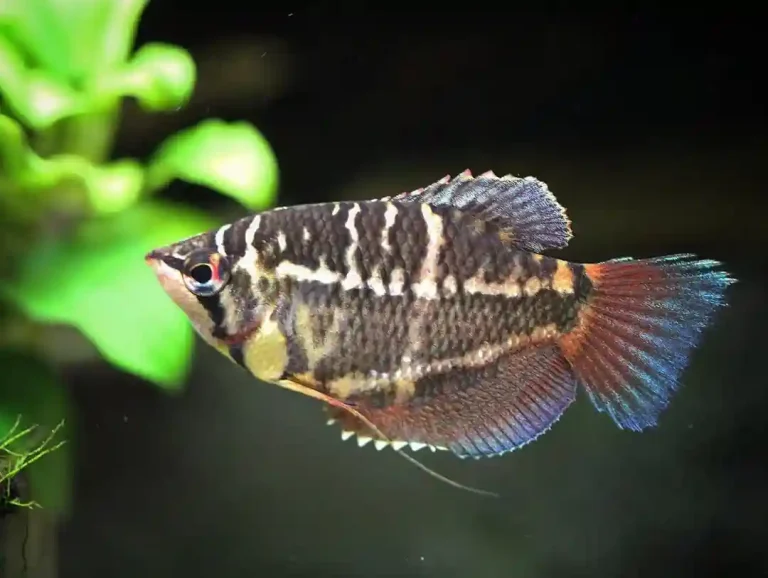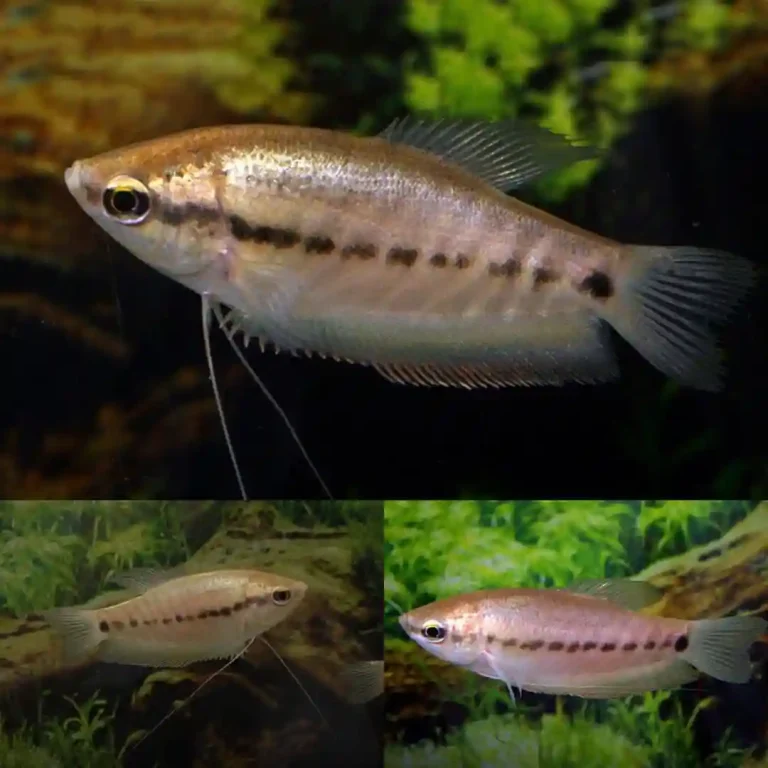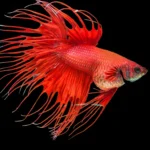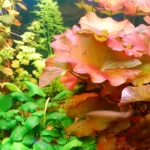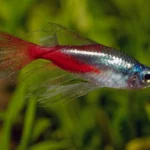8 algae eater for your Aquarium: Ultimate Guide
Algae can quickly take over an aquarium, making it look unattractive and unbalanced. The good news?
There are many algae-eating fish and invertebrates that can help keep your tank clean and healthy.
In this guide, we’ll cover the best algae eaters for freshwater and saltwater tanks, their care needs, and how to maintain a balanced aquarium.
Why You Need Algae Eaters in Your Tank
Algae eaters not only help control algae growth but also contribute to a healthier tank ecosystem.
They reduce excess nutrients, improve water quality, and even add diversity to your tank.
However, choosing the right algae eater depends on your tank size, water parameters, and the type of algae you need to control.
Types of Algae Eaters
There are three main types of algae eaters:
- Fish: Examples include Siamese Algae Eaters, Otocinclus Catfish, and Bristlenose Plecos.
- Invertebrates: Amano Shrimp and Nerite Snails are excellent choices for small tanks.
- Marine Species: Turbo Snails, Emerald Crabs, and Lawnmower Blennies help keep saltwater tanks algae-free.
Freshwater Algae Eaters
1. Siamese Algae Eater (Crossocheilus oblongus)
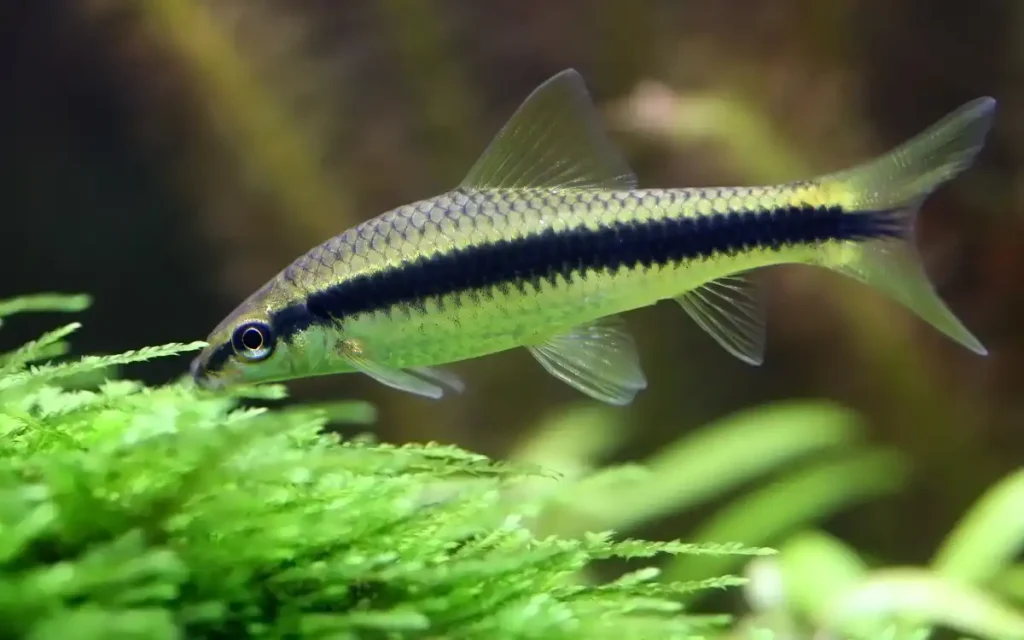
Siamese algae eaters are long, slender fish with a silver body and a black stripe running from head to tail. They are effective at consuming stubborn black beard algae, green algae, and thread algae.
- Tank Size: 20 gallons or larger
- Water Temperature: 75–79°F
- Diet: Primarily algae, supplemented with vegetable matter and high-quality fish food
- Tank Mates: Peaceful fish; best in groups or with other friendly species
2.Otocinclus Catfish (Otocinclus spp.)
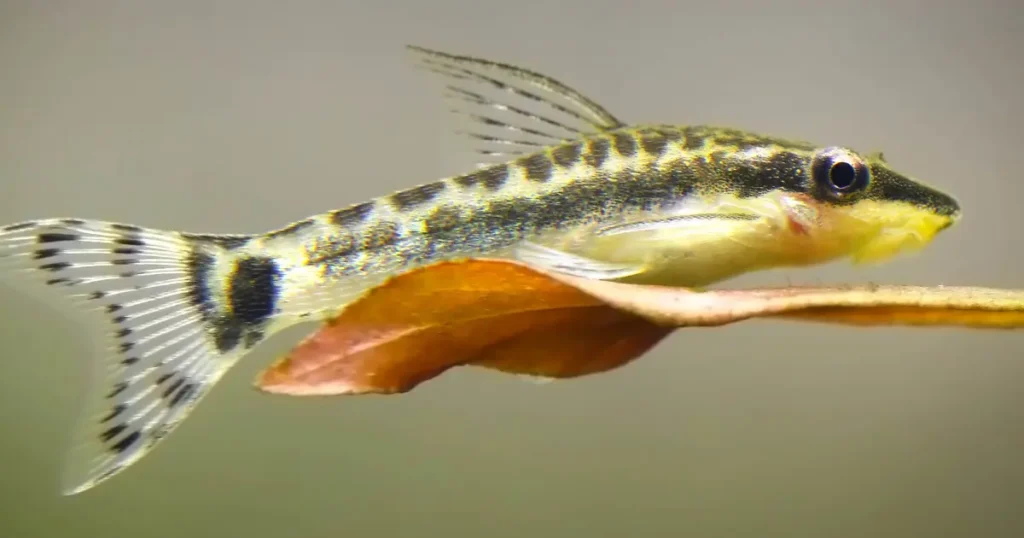
Otocinclus catfish are small, peaceful fish with a streamlined body and a light-colored belly. They are highly efficient at consuming diatoms, soft green algae, and brown algae.
- Tank Size: 10 gallons or larger
- Water Temperature: 72–79°F
- Diet: Algae, biofilm, and algae wafers
- Tank Mates: Best kept in groups with other small, peaceful fish
3.Amano Shrimp (Caridina multidentata)
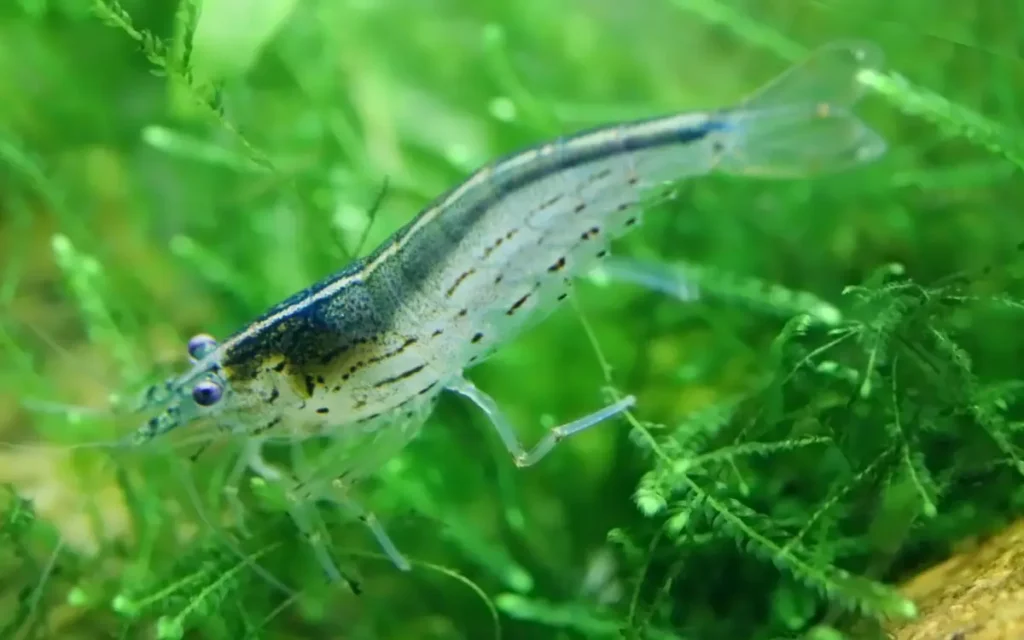
Amano shrimp are small, translucent shrimp known for their ability to consume hair algae, green spot algae, and leftover fish food.
- Tank Size: 10 gallons or larger
- Water Temperature: 70–80°F
- Diet: Algae, detritus, and sinking pellets
- Tank Mates: Compatible with peaceful fish but should not be housed with aggressive species
4.Bristlenose Pleco (Ancistrus spp.)
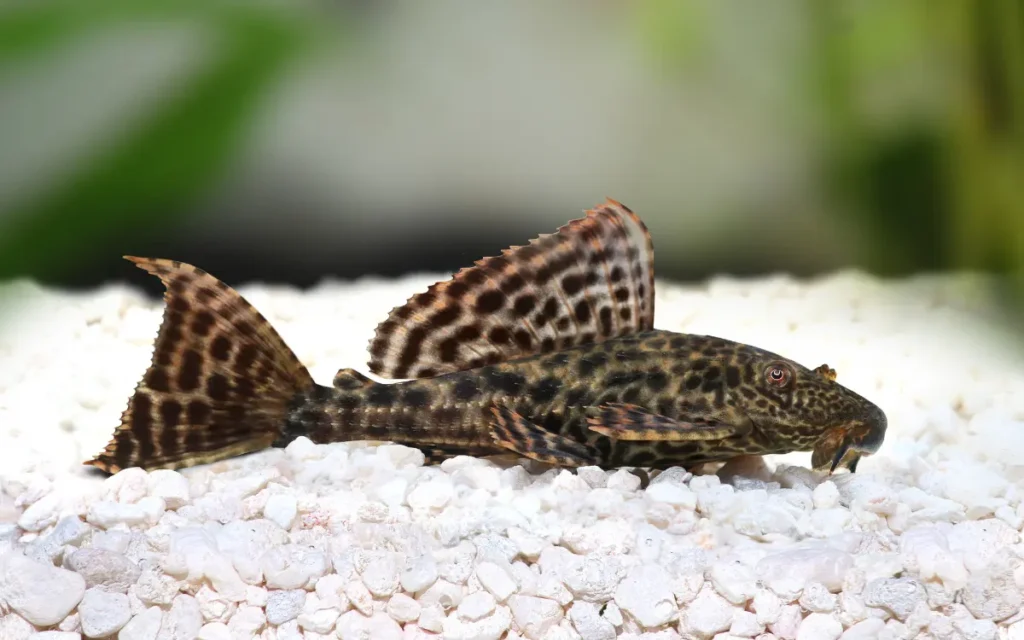
Bristlenose plecos are small, bottom-dwelling fish with a flattened body and bristle-like structures on their snout. They are effective at consuming green algae, diatoms, and biofilm.
- Tank Size: 20 gallons or larger
- Water Temperature: 73–81°F
- Diet: Algae, driftwood biofilm, and plant-based food
- Tank Mates: Peaceful community fish; needs hiding spots
5.Mollies (Poecilia spp.)
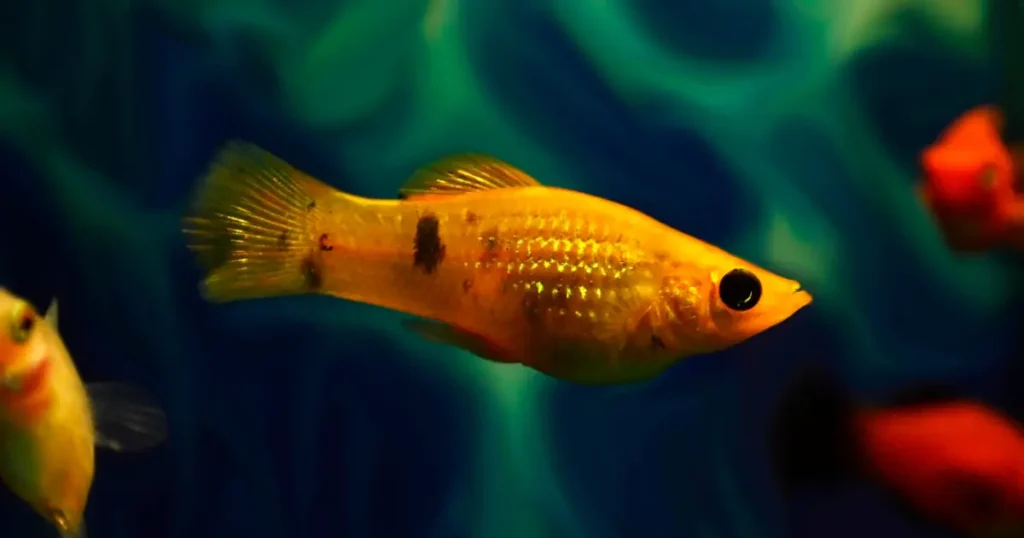
Mollies are livebearing fish available in various colors. They graze on different types of algae, including green and hair algae.
- Tank Size: 20 gallons or larger
- Water Temperature: 72–82°F
- Diet: Algae, plant matter, and high-quality fish food
- Tank Mates: Best in groups, suitable for community tanks
Saltwater Algae Eaters
6.Lawnmower Blenny (Salarias fasciatus)
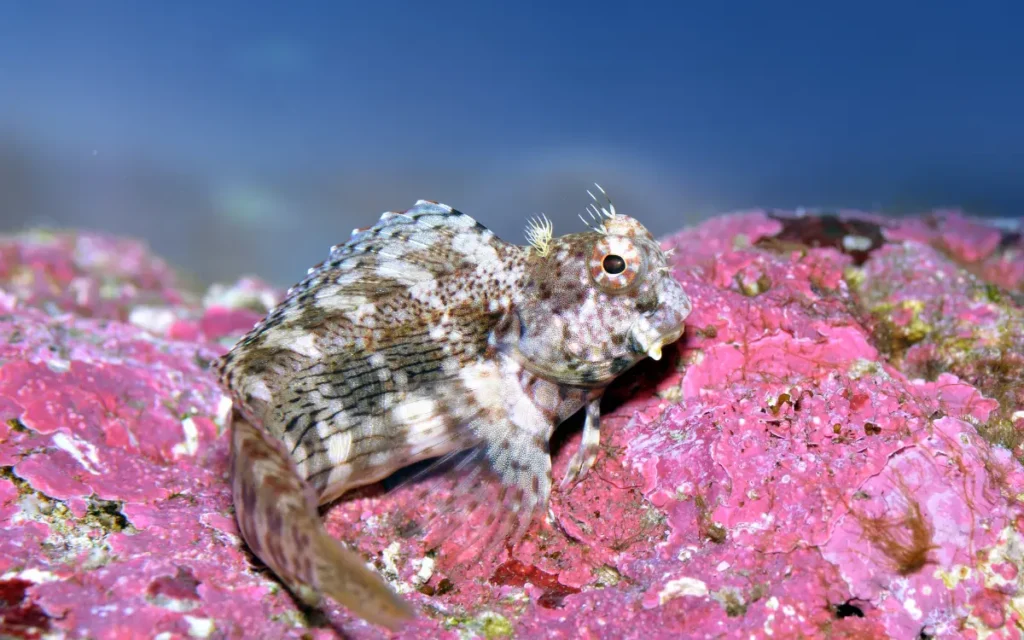
Lawnmower blennies have a mottled brown and white body and are excellent at consuming hair algae and diatoms.
- Tank Size: 30 gallons or larger
- Water Temperature: 72–78°F
- Diet: Algae and biofilm
Tank Mates: Best in peaceful community tanks
Read also: 13 Types Of Blenny To explore
7.Tangs (Acanthuridae Family)
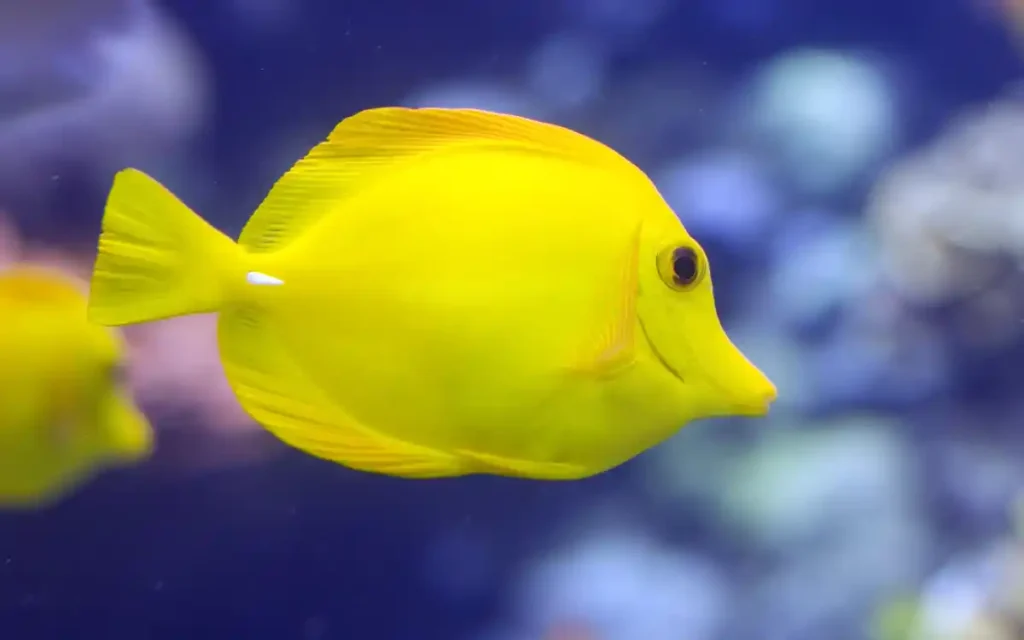
Tangs are medium to large fish with vibrant colors. They consume a wide range of algae, including green algae, hair algae, and red algae.
- Tank Size: 75 gallons or larger
- Water Temperature: 72–78°F
- Diet: Algae and marine plant matter
- Tank Mates: Generally peaceful but may be territorial
8.Sea Hares (Aplysiidae family)
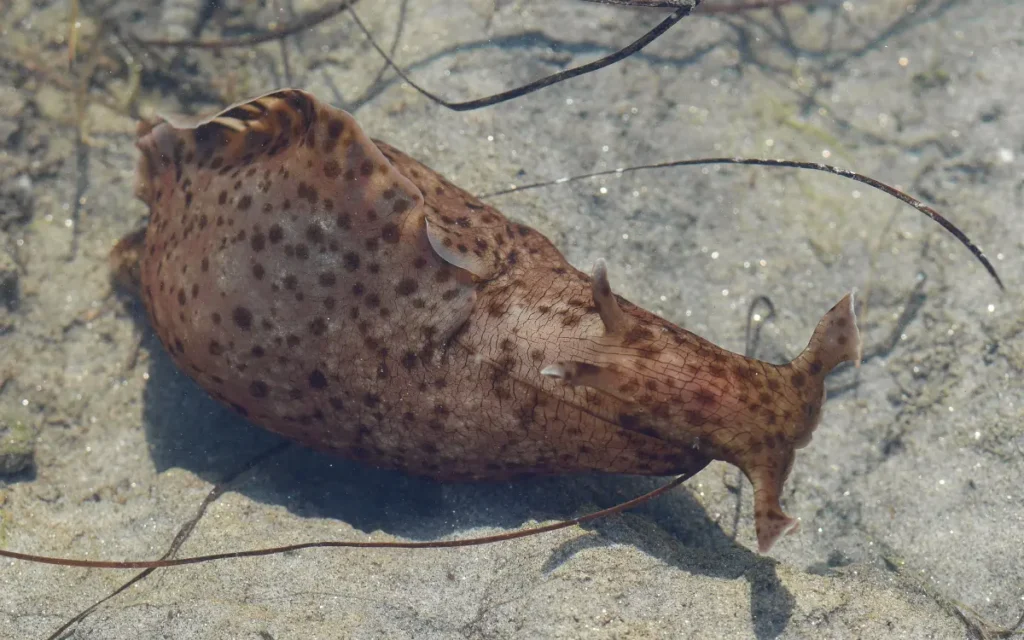
Sea hares are large, soft-bodied marine mollusks that eat green algae, red algae, and cyanobacteria.
- Tank Size: 30 gallons or larger
- Water Temperature: 72–78°F
- Diet: Algae and marine plant matter
- Tank Mates: Best in mature tanks with plenty of algae
How to Care for Algae Eaters
To keep algae eaters healthy and active, maintain proper tank conditions and diet.
- Diet Supplementation: Provide algae wafers, blanched vegetables, and quality fish food.
- Tank Environment: Ensure hiding spots like driftwood, caves, and plants.
- Water Quality: Maintain appropriate temperature, filtration, and regular water changes.
- Monitor Health: Watch for stress signs such as hiding, lack of appetite, or color changes.
Preventing Excess Algae
While algae eaters help, they should not be the only method of algae control.
- Control Light Exposure: Reduce lighting to 8-10 hours per day.
- Avoid Overfeeding: Excess food leads to nutrient buildup and algae growth.
- Perform Regular Water Changes: Remove waste and excess nutrients.
Read also: 11 Bottom Dwellers for Freshwater Tanks
FAQs
Which algae eater is best for a small aquarium?
For small tanks (10 gallons or less), the best algae eaters include Otocinclus catfish, Nerite snails, and Amano shrimp. These species effectively control algae without requiring large amounts of space.
Do algae eaters need additional food besides algae?
Yes, while algae is their primary food source, most algae eaters benefit from a supplemented diet. Algae wafers, blanched vegetables (zucchini, spinach), and high-quality fish food help maintain their health.
Can I keep different algae eaters in the same tank?
Yes, but it depends on species compatibility. Combining shrimp, snails, and algae-eating fish can be effective. However, avoid overcrowding and ensure each species has adequate food and hiding spots.
Will algae eaters completely eliminate algae in my tank?
No, algae eaters help control algae but should not be the sole solution. Proper lighting, regular water changes, and avoiding overfeeding are essential for preventing excessive algae growth.
Are algae eaters suitable for all types of aquariums?
Not all algae eaters fit every setup. Some require specific water conditions, tank sizes, or diets. Research the species that best suits your tank’s size and water parameters before adding them.

